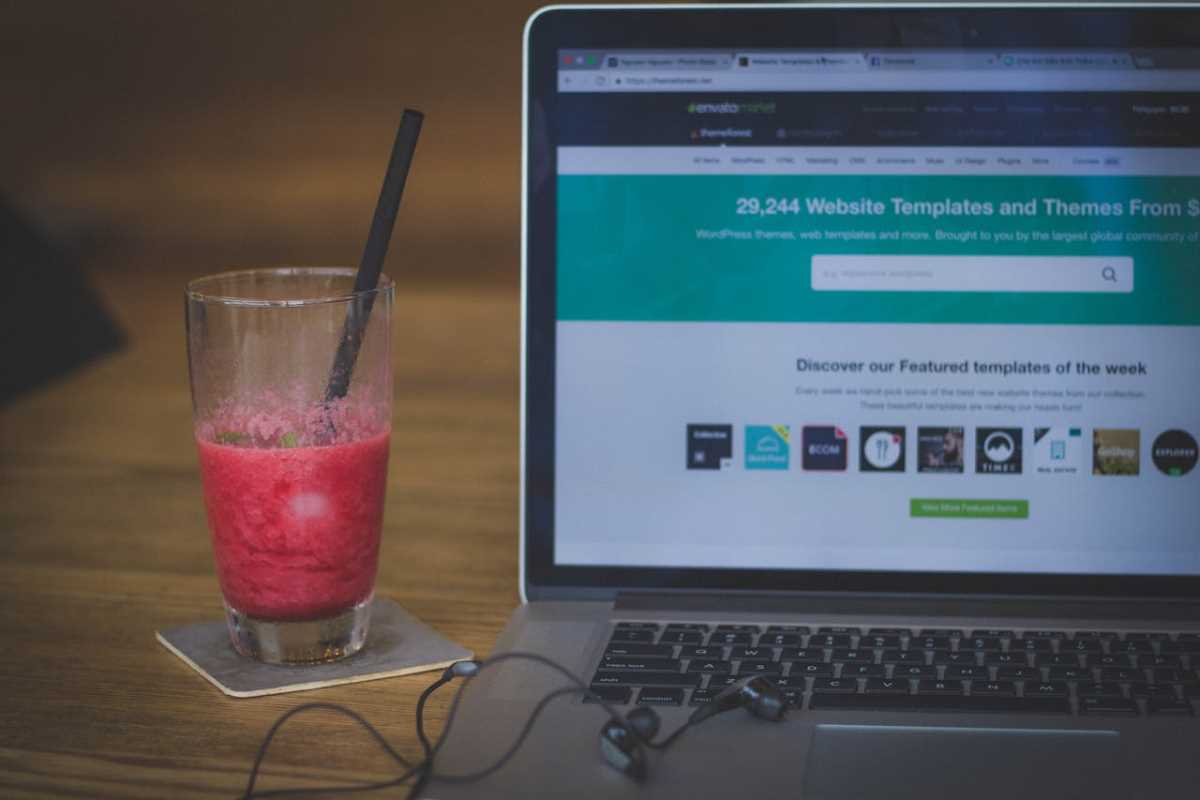As a small business owner, you might see the massive marketing budgets of brands like Nike or Coca-Cola and think their strategies are out of reach. It feels like they're playing a different game entirely. But what if you could borrow their playbook without needing their bank account? The secret isn't about spending more; it's about thinking smarter and adapting proven tactics to fit your scale.
You can harness the same powerful principles that drive global brands to build loyalty, generate buzz, and grow your business. We've broken down eight innovative marketing moves from the big leagues and created a simple plan for you to steal them on a budget. Get ready to discover practical, low-cost ways to make a big impact.
Build a Creator & UGC Flywheel
Big brands like Apple and GoPro thrive on user-generated content (UGC). They encourage customers to share photos and videos using their products, creating a self-sustaining cycle of authentic marketing. This builds social proof and provides a constant stream of free, high-quality content.
How to steal it on a budget:
- Create a branded hashtag: Invent a unique and memorable hashtag for your business (e.g., #YourBrandStyle) and promote it everywhere—on your website, social bios, and packaging.
- Run a simple contest: Offer a small prize, like a gift card or a feature on your social media page, for the best customer photo each month.
- Showcase customers: Regularly feature UGC on your social media feeds, in your emails, and even on your website. Always ask for permission and credit the creator!
- Tools: Use free tools like TINT or a simple spreadsheet to track hashtag mentions and gather content.
KPIs to track: Number of hashtag uses, volume of UGC submissions, engagement rate on UGC posts.
Repurpose Content Like a Pro
Large companies like HubSpot are masters of modular content. They'll create one major piece of content, like a research report, and then break it down into dozens of smaller assets: blog posts, infographics, social media snippets, video clips, and email newsletters. This maximizes their investment and reaches audiences on different platforms.
How to steal it on a budget:
- Start with a pillar piece: Create one valuable piece of content, such as an in-depth "how-to" guide, a customer case study, or a short video tutorial.
- Break it down:
- Turn key stats from your guide into an infographic using Canva.
- Pull out interesting quotes for social media graphics.
- Convert the main points into a short-form video for TikTok or Instagram Reels.
- Expand a single section into a follow-up blog post.
- Tools: Canva for graphics, CapCut for video editing, and your phone's camera are all you need.
KPIs to track: Website traffic from different content formats, time spent on pillar pages, and lead generation from repurposed content.
Leverage Micro-Influencers & Employee Advocacy
Brands like Adidas partner with global superstars, but they also activate networks of smaller creators and their own employees. Micro-influencers (typically 10k-100k followers) have highly engaged, niche audiences, and employees can be your most passionate advocates.
How to steal it on a budget:
- Identify local micro-influencers: Find creators in your community or niche who genuinely love what you do. Offer them free products in exchange for an honest review or post.
- Launch an employee advocacy program: Encourage your team to share company news and posts on their personal social media. Make it easy by providing them with pre-written copy and graphics.
- Focus on authentic relationships: Instead of one-off payments, build long-term partnerships with a few key creators who align with your brand values.
- Tools: Search relevant hashtags on Instagram or TikTok to find influencers. Create a private Slack or WhatsApp channel to share content with employees.
KPIs to track: Engagement rate on influencer posts, referral traffic from influencer links, and reach of employee shares.
Personalize Your Email & SMS Marketing
Amazon and Netflix are famous for their personalization engines, which recommend products and content based on your viewing and purchase history. This makes customers feel understood and increases conversions.
How to steal it on a budget:
- Segment your email list: Start simple. Create segments based on purchase history (e.g., "first-time customers," "repeat buyers") or interests (e.g., "interested in product X").
- Send targeted campaigns: Welcome new subscribers with a special offer. Re-engage customers who haven't purchased in a while with a "we miss you" discount.
- Use personalization tags: Most email marketing platforms allow you to insert a subscriber's first name automatically. It's a small touch that makes a big difference.
- Tools: Mailchimp, ConvertKit, and Klaviyo offer robust segmentation and automation features, many with free or low-cost starting plans.
KPIs to track: Email open rates, click-through rates, conversion rates from segmented campaigns.
Create Interactive Experiences
Brands use quizzes, calculators, and polls to engage their audience and collect valuable data. For example, Sephora's "Foundation Finder" quiz helps customers find the perfect product while gathering information about their skin type and preferences.
How to steal it on a budget:
- Develop a simple quiz: Create a fun, personality-style quiz related to your industry. A coffee shop could make a "What's Your Coffee Personality?" quiz.
- Build a useful calculator: If you're a service business, create a simple calculator to help potential clients estimate costs.
- Run polls on social media: Use the built-in poll features on Instagram Stories or X (Twitter) to ask your audience questions and gather quick feedback.
- Tools: Use free tools like Typeform or Jotform to build beautiful quizzes and surveys.
KPIs to track: Quiz completion rate, lead capture from interactive tools, engagement on social media polls.
Build Community & Loyalty
Starbucks Rewards is a prime example of a program that fosters loyalty. It encourages repeat business by offering points, freebies, and exclusive access, making customers feel like part of a special club.
How to steal it on a budget:
- Launch a simple loyalty program: A "buy 10, get one free" punch card is a classic for a reason—it works. You can also implement a simple digital points system.
- Create a Facebook Group or Discord server: Build a space where your most passionate customers can connect with each other and your brand. Share exclusive content and behind-the-scenes updates.
- Offer surprise and delight: Unexpectedly upgrade a loyal customer's shipping or include a free gift with their order. These small gestures create memorable experiences.
- Tools: Many point-of-sale (POS) systems have built-in loyalty features. Facebook Groups are free and easy to set up.
KPIs to track: Customer lifetime value (LTV), repeat purchase rate, engagement within your community group.
Use Social Listening for Ideas
Big brands have teams dedicated to social listening—monitoring conversations to understand customer sentiment, identify trends, and get ideas for new products or content.
How to steal it on a budget:
- Monitor keywords and hashtags: Set up free alerts for your brand name, product names, and relevant industry keywords. Read what people are saying.
- Read comments and DMs: The questions and feedback you get in your comments section and direct messages are a goldmine of content ideas.
- Browse online forums: Check out Reddit, Quora, and industry-specific forums to see what problems your target audience is trying to solve.
- Tools: Google Alerts is a free and powerful tool. Also, simply using the search functions within social media platforms is highly effective.
KPIs to track: Number of new content ideas generated, positive/negative sentiment trends, product improvement suggestions.
Run Rapid A/B Tests
Digital-first companies are constantly testing and optimizing. They run A/B tests on everything from ad creative and headlines to button colors and email subject lines to find what works best.
How to steal it on a budget:
- Test one thing at a time: Don't get overwhelmed. Start by testing two different headlines for your next blog post or two different images for a social media ad.
- Use built-in testing tools: Most email marketing platforms have built-in A/B testing for subject lines. Meta's Ads Manager also makes it easy to test different ad creatives and audiences.
- Focus on high-impact elements: Prioritize testing elements that can have the biggest impact, like your website's call-to-action (CTA) button or your email subject lines.
- Tools: Google Optimize (part of GA4) offers free website A/B testing. The native tools within your social media and email platforms are your best starting point.
KPIs to track: Click-through rate (CTR), conversion rate, cost per acquisition (CPA).
 (Image via
(Image via





